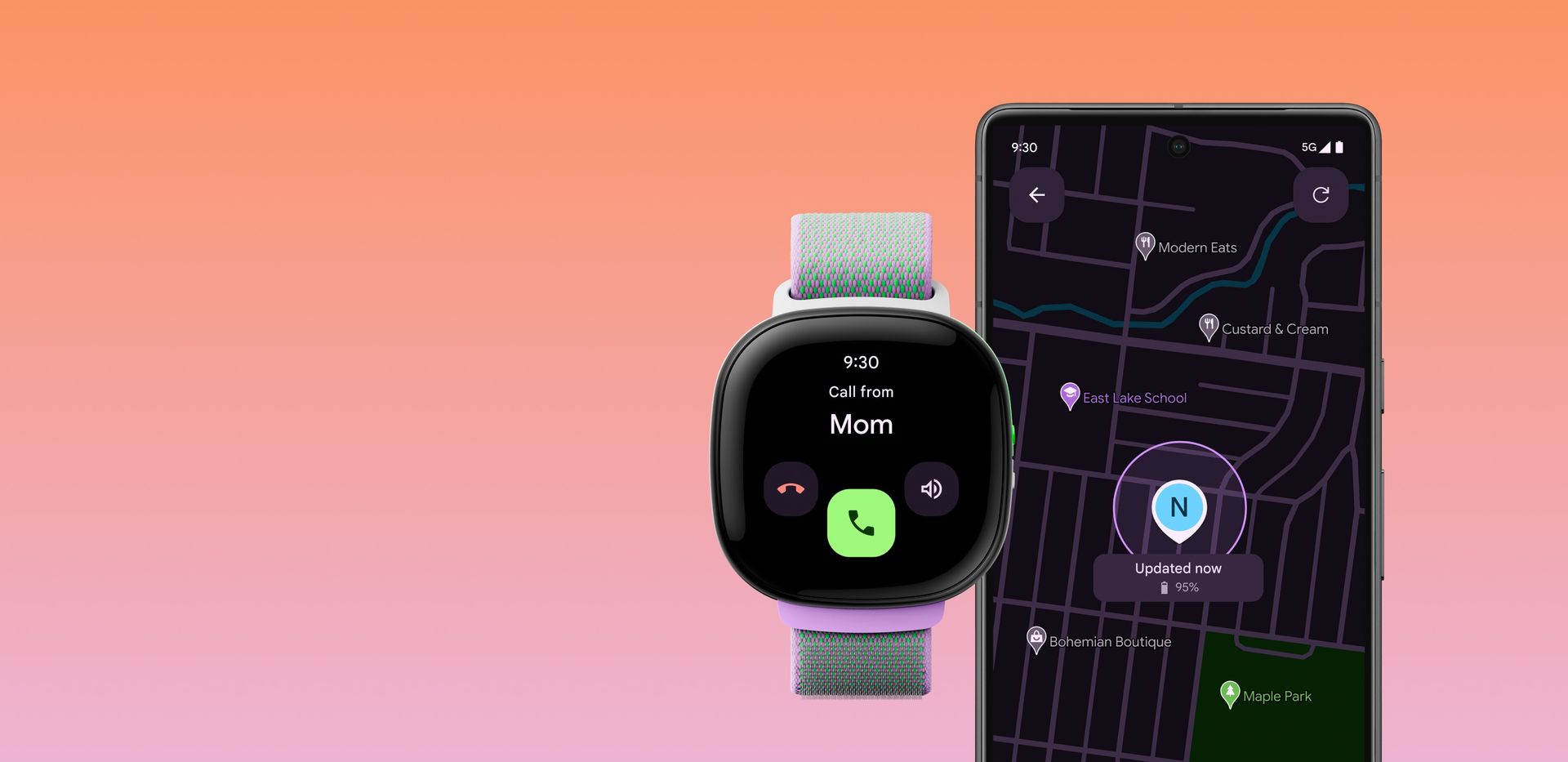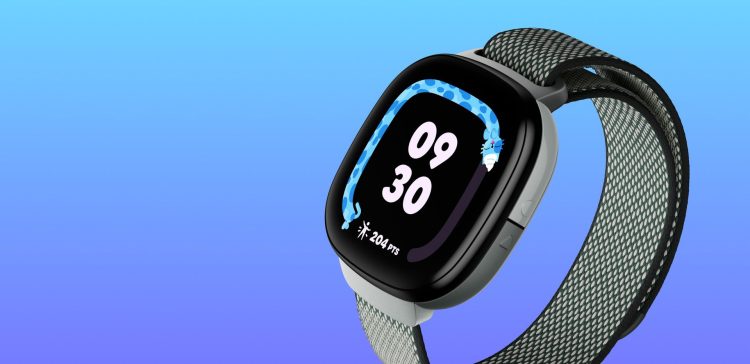The Fitbit Ace LTE is a smartwatch, a game gadget, and a fitness tracker all rolled into one wearable for children aged seven years and above. This makes Fitbit, now a unit of Google, launch its latest entry into a really niche and small market, one for children’s smartwatches. This review describes design features, functionalities, and technological advances that make Fitbit Ace LTE a newsmaking addition to the domain where children’s wearables reign.
Going beyond the perspective of a mere fitness tracker, the Fitbit Ace LTE seems to make health notifications and fun come alive. Built with durabilities for the active life kids live, it is bump- and scratch-proof, safe in water up to 50 meters, with a stainless steel case and recycled polyester band. A bright OLED display results in a watch that should remain visually attractive and easy to interact with.
Interactive Fitbit Ace LTE
The smartwatch runs on the company’s extensive health-tracking expertise that makes Fitbit such a respected name in keeping tabs on our activities. Fitbit’s classic array of sensors also makes their way over, including accelerometers, optical heart rate, altimeters, magnetometers, ambient light sensors, and gyroscopes. Its real strength, however, will be in the catered child-exercise algorithms developed with the feedback of child physical activity experts. This enables tracking activities, whether playing hide and seek or the child trying to jump on and down trampolines; it motivates the kid since it will log as an activity.
The new Fitbit Ace LTE is designed with in-game functions to ensure the child is always on the go. It features free two-minute short games made by independent Australian gaming developers and is available on free gaming for the Fitbit Arcade platform. These games access the watch’s sensors and formulate a game where physical activity and playing become mixed up. For instance, within a single minute, the child may be forced into a digital game where they are fishing or guiding a racing chicken in a bathtub through the galaxy—all games not more than 5-10 minutes long—with the object of bringing the child back into the play in order not to spend so much time on the screen.
The list of fun functionalities includes Eejie, a Tamagotchi-like, customizable, mixed-with-an-Animal-Crossing-avatar character whose goal is to keep the child healthy and happy through everyday activity. Activities and games alike allow for motivation to take up physical activity in a fun way. In summary, the Fitbit Ace LTE is very unique and one of a kind in the promotion of a healthy lifestyle through play.

Getting started and securing the Fitbit Ace LTE
The Fitbit Ace LTE is designed with kids and parents in mind, with an emphasis on ease of use and security. It is stated that later in the setup, you would need a Gmail account to download the Fitbit Ace application. However, later on, a Google account is created for the child by a parent without getting a Gmail address or password for the child, thereby ensuring privacy and safety. Later, it is powered up with the compulsory Ace Pass subscription, without which the device cannot function.
In matters of safety, strict consideration has been exerted on the subject by Google, whereby it has applied strict measures to protect the data. This is unlike other Fitbits, whereby the Ace LTE uses data minimization, and after 24 hours, the location history is deleted, and 30 days are deleted to prevent the data from being stored unconsciously. The feature includes a built-in connectivity device compatible with 4G LTE that will enable children to call text and share their location, accessible from their phone plan. The app allows parents to monitor contacts, check on activity, and set usage limits on the kid’s end, giving peace of mind to the parent.

The Fitbit Ace LTE: What it means for the future of kids wearables
The Fitbit Ace LTE marks a substantial step forward in smartwatch tech for kids. By doing this, it has merged fitness tracking, gaming, and robust security to cater to the rising needs for a device that can incite healthy activity and, in effect, take care of the kids, protecting and entertaining them. Of course, the capabilities of such software would, by necessity, go beyond mere geolocating to incorporate the educational and behavioral insights that have played such a massive role in the design of the Fitbit Ace LTE in understanding the unique requirements of children’s wearables.
It’s a $230 offering with a subscription to Fitbit Ace Pass, and it is an all-inclusive package for family members to be connected in overall physical activities. In a world where children depend on digital gadgets for everything, the Fitbit Ace LTE is perfectly channeled, structured, and a safe platform to promote a healthy, active lifestyle.
The Fitbit Ace LTE is designed with dynamic needs in thought, keeping in mind both the child and the parent. With fitness tracking and fun and engaging games, this robust list of security features might set it apart as one of the gem highlights in children’s wearable markets. It ensures that the child healthily and safely appreciates the technology while answering both fun and functional aspects of the child’s day. It is the ideal companion for a fitness-savvy parent—a dream for a parent to keep a child active while remaining connected with them. With Fitbit Ace LTE, you have the ultimate solution to this modern parenting need.
Featured image credit: Fitbit





